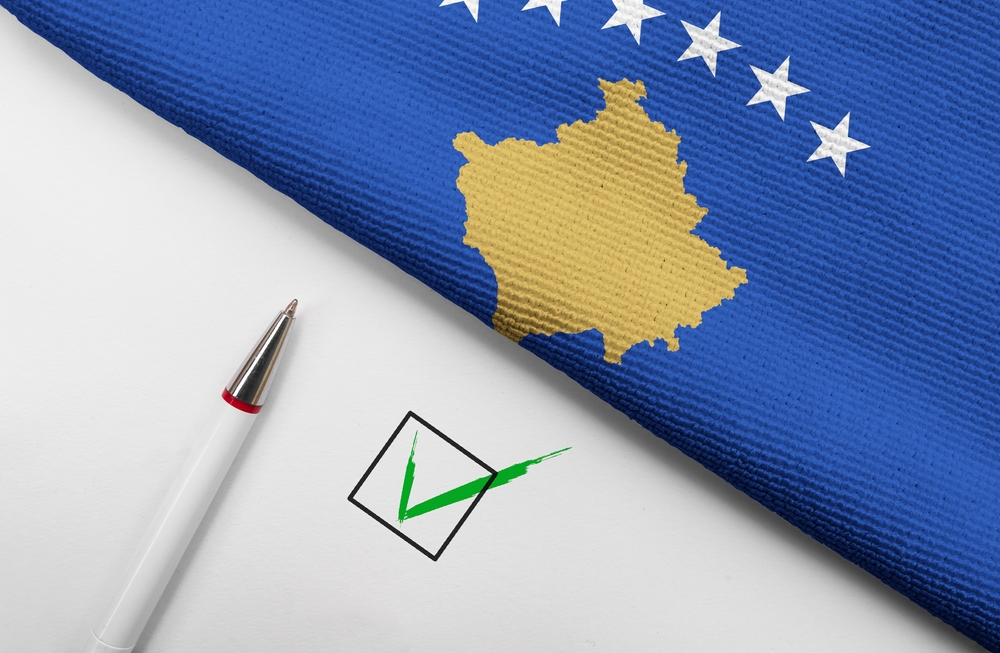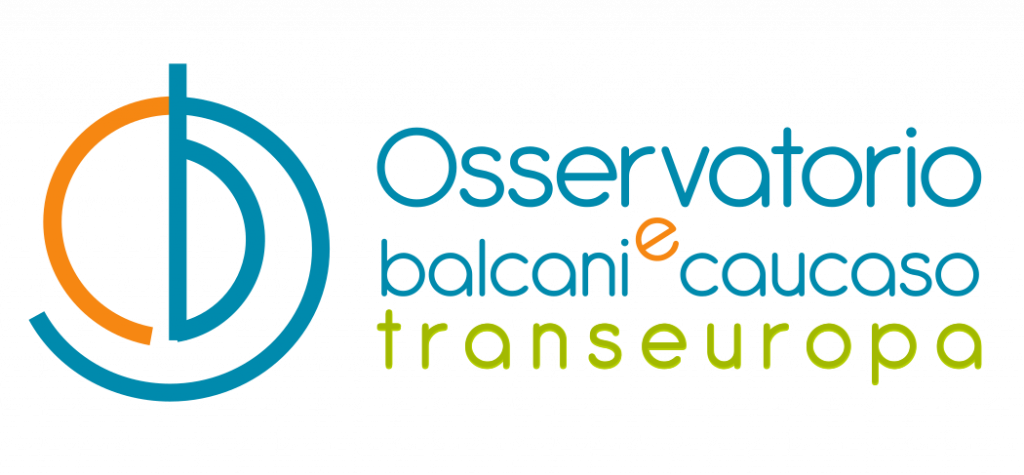|
Cohesion funds in Cyprus in 2014-2020
Between 2014 and 2020, Cyprus received just over 400 million Euros from the European Union for regional and social development projects. An overview of the data

Cohesion-funds-in-Cyprus-in-2014-2020
In the period 2014-2020, the European Union actually disbursed almost just over 400 million Euros to Cyprus as part of its cohesion policy – the strategy by which the EU promotes balanced and sustainable territorial development, so as to reduce the gap between the different regions of Europe.
About one third of the total EU budget is allocated to cohesion policy, so much so that in the 2014-2020 budget period, 351.8 billion Euros were allocated to all 28 member states. These resources have funded hundreds of thousands of projects across Europe, implemented through the European Regional Development Fund (ERDF ), the European Social Fund (ESF ), the Cohesion Fund (CF ), and the Youth Employment Initiative (YEI ). Additional funds go to INTERREG programmes, which aim to encourage cooperation between regions belonging to different states. Appropriate national and regional operational programmes define the priorities and activities with which to exploit the available resources.
Cohesion policy allocations depend on the level of development of each region: less developed regions – those where GDP per capita is less than 75% of the EU average – receive proportionately much more funds than regions considered to be in transition or more developed. Cyprus (which is not subdivided into territorial entities but makes up a region in its own right) is among those in transition, since its per capita GDP is between 75% and 100% of the EU average.
The priorities of the cohesion funds in Cyprus
Of the approximately 400 million Euros Cyprus received in the 2014-2020 budget period, nearly half was from the European Regional Development Fund. Compared to the European average, Cyprus has also received a high share of resources through the Cohesion Fund (CF). As we will see, the funds received from Cyprus financed only two programmes.
The thematic priority to which Cyprus has allocated the majority of the cohesion funds was the competitiveness of small and medium-sized enterprises. Supporting the transition to a low-carbon economy and quality, sustainable employment also received considerable resources.
Cyprus invested all its cohesion funds into two umbrella operational programmes, “Competitiveness and sustainable development ” and “Employment, Human Capital and Social Cohesion ”. The former aims to foster competitiveness and sustainable and inclusive growth by creating new jobs and encouraging SMEs to become more competitive and innovation-oriented; the latter seeks to promote employment through the acquisition of new skills and facilitate social inclusion and the modernisation of the public administration.
The ability to absorb the allocated funds
These data refer to the cohesion funds that were actually disbursed in the 2014-2020 period. However, this is only a part of what the European Union had initially allocated for Cyprus: as in other cases, countries and regions are not always able to absorb all the available funds. Often there is no adequate capacity for planning, spending, or managing approved projects - but European funds are disbursed only on the basis of very detailed evidence.
The ability to absorb European funds also depends on the thematic area: some investment priority axes manage to be more exploited than others. For example, two thirds of the funds allocated for sustainable and quality employment were actually disbursed in Cyprus. Other resources, on the other hand, were not used as efficiently: only a little more than a quarter and not even a third of the funds allocated respectively to ICT and environmental protection were spent.
The data
This table shows in more detail the data on cohesion projects in Cyprus in the period 2014-2020, aggregated by priority axis and fund.
The data has been consulted on November 2021 and does not take into account subsequent updates.
This content is published in the context of the "Work4Future" project co-financed by the European Union (EU). The EU is in no way responsible for the information or views expressed within the framework of the project. The responsibility for the contents lies solely with OBC Transeuropa. Go to the "Work4Future"
Tag: Work for Future
Featured articles
- Take part in the survey
Cohesion funds in Cyprus in 2014-2020
Between 2014 and 2020, Cyprus received just over 400 million Euros from the European Union for regional and social development projects. An overview of the data

Cohesion-funds-in-Cyprus-in-2014-2020
In the period 2014-2020, the European Union actually disbursed almost just over 400 million Euros to Cyprus as part of its cohesion policy – the strategy by which the EU promotes balanced and sustainable territorial development, so as to reduce the gap between the different regions of Europe.
About one third of the total EU budget is allocated to cohesion policy, so much so that in the 2014-2020 budget period, 351.8 billion Euros were allocated to all 28 member states. These resources have funded hundreds of thousands of projects across Europe, implemented through the European Regional Development Fund (ERDF ), the European Social Fund (ESF ), the Cohesion Fund (CF ), and the Youth Employment Initiative (YEI ). Additional funds go to INTERREG programmes, which aim to encourage cooperation between regions belonging to different states. Appropriate national and regional operational programmes define the priorities and activities with which to exploit the available resources.
Cohesion policy allocations depend on the level of development of each region: less developed regions – those where GDP per capita is less than 75% of the EU average – receive proportionately much more funds than regions considered to be in transition or more developed. Cyprus (which is not subdivided into territorial entities but makes up a region in its own right) is among those in transition, since its per capita GDP is between 75% and 100% of the EU average.
The priorities of the cohesion funds in Cyprus
Of the approximately 400 million Euros Cyprus received in the 2014-2020 budget period, nearly half was from the European Regional Development Fund. Compared to the European average, Cyprus has also received a high share of resources through the Cohesion Fund (CF). As we will see, the funds received from Cyprus financed only two programmes.
The thematic priority to which Cyprus has allocated the majority of the cohesion funds was the competitiveness of small and medium-sized enterprises. Supporting the transition to a low-carbon economy and quality, sustainable employment also received considerable resources.
Cyprus invested all its cohesion funds into two umbrella operational programmes, “Competitiveness and sustainable development ” and “Employment, Human Capital and Social Cohesion ”. The former aims to foster competitiveness and sustainable and inclusive growth by creating new jobs and encouraging SMEs to become more competitive and innovation-oriented; the latter seeks to promote employment through the acquisition of new skills and facilitate social inclusion and the modernisation of the public administration.
The ability to absorb the allocated funds
These data refer to the cohesion funds that were actually disbursed in the 2014-2020 period. However, this is only a part of what the European Union had initially allocated for Cyprus: as in other cases, countries and regions are not always able to absorb all the available funds. Often there is no adequate capacity for planning, spending, or managing approved projects - but European funds are disbursed only on the basis of very detailed evidence.
The ability to absorb European funds also depends on the thematic area: some investment priority axes manage to be more exploited than others. For example, two thirds of the funds allocated for sustainable and quality employment were actually disbursed in Cyprus. Other resources, on the other hand, were not used as efficiently: only a little more than a quarter and not even a third of the funds allocated respectively to ICT and environmental protection were spent.
The data
This table shows in more detail the data on cohesion projects in Cyprus in the period 2014-2020, aggregated by priority axis and fund.
The data has been consulted on November 2021 and does not take into account subsequent updates.
This content is published in the context of the "Work4Future" project co-financed by the European Union (EU). The EU is in no way responsible for the information or views expressed within the framework of the project. The responsibility for the contents lies solely with OBC Transeuropa. Go to the "Work4Future"
Tag: Work for Future










